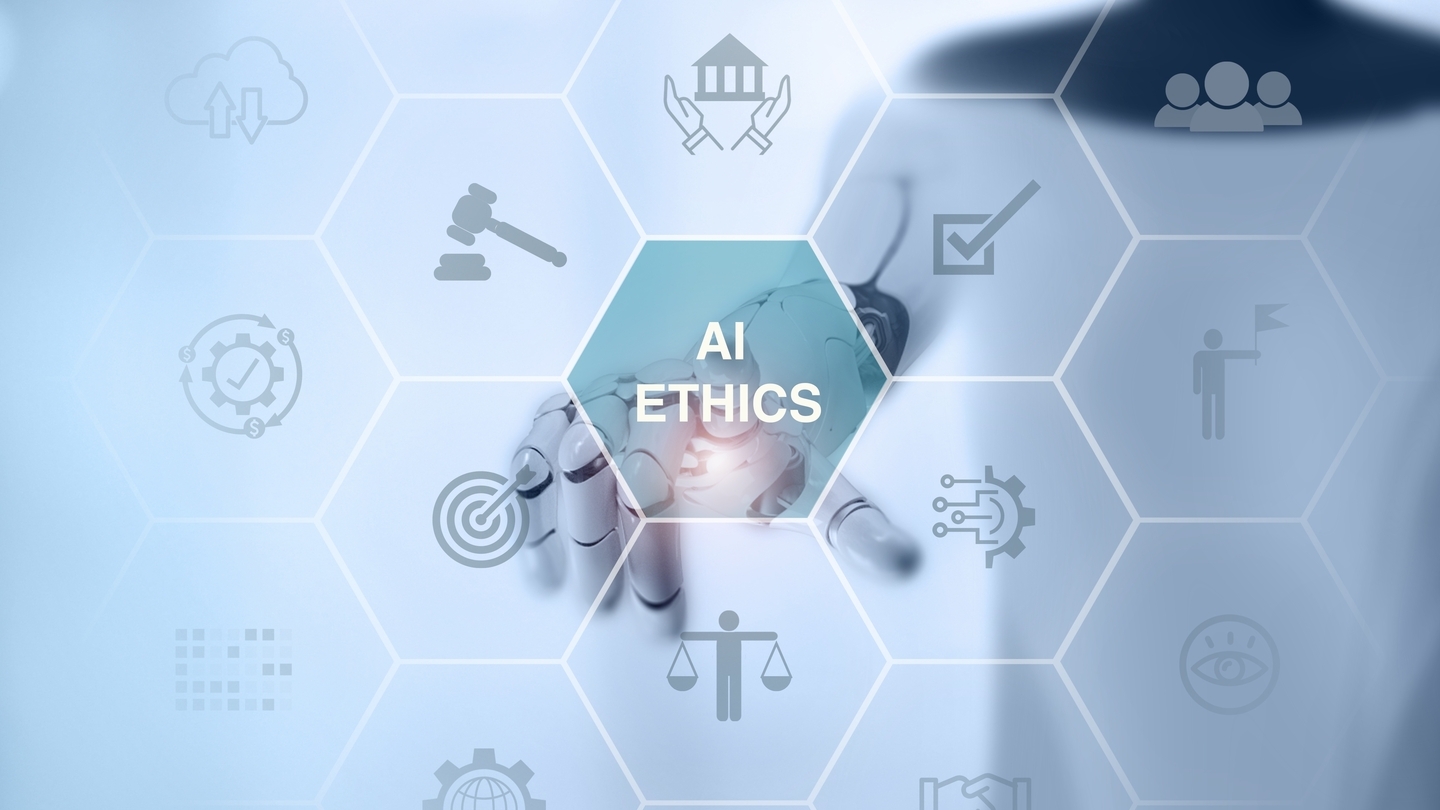The combination of Unreal Engine and LED volume stages has taken virtual production to another level, but have skillsets kept pace? IBC365 learns more about the UK’s first dedicated certificate in virtual production.
The use of CGI in film and television production has moved from being a long, slow process undertaken in the postproduction stage involving shooting in greenscreen studios and actors emoting to a ‘tennis ball on a stick’ to an interactive environment that allows performers, directors, and cinematographers to see and move through computer generated environments in real-time. Alan Thorn, a video games industry veteran runs the Virtual Production Course at the National Film and Television School (NFTS) in the UK. The course offers the industry’s first dedicated certificate in Virtual Production.
Virtual production (VP) merges real-time CGI with traditional filmmaking techniques using giant LED walls and systems originally designed for use in video games such as Unreal Engine, to create immersive environments that seamlessly blend the physical and digital worlds. As Thorn explains, the industry is in need of professionals who can navigate this complex, hybrid landscape...
You are not signed in.
Only registered users can view this article.

Finding our ethical true north on AI: Part II
Part two of our insight into AI ethics and regulation continues with observations on industry efforts around standards and best practices, and why human impact should be the guiding force. James McKeown reports.
/Source - shutterstock_2464837145 (1).jpg)
Digital Catapult: AI innovations to supercharge the creative industries
Accelerated VFX workflows, video game characters you can converse with, and auto-generated visual experiences from sound for XR headsets are just some of the AI innovations devised by start-ups as part of a recent Digital Catapult programme. Adrian Pennington reports.
.jpg)
Neural Radiance Fields – A new approach to 3D modelling
From the chemical, mechanical and electrical process of creating a film, to the rise of virtual production, visual storytelling has always turned to cutting-edge technologies. Now Neural Radiance Fields (NeRF) could replace the traditional technological foundations that broadcasting and film are built upon. IBC365 speaks to leading researcher, Professor Ravi Ramamoorthi.
.jpg)
Future predictions – Part II: Leaders and analysts
The coming year hints at big changes in focus and innovations for the media and entertainment world. With giant leaps in AI advancements, streamlining production and the road ahead for ad-tech, how can vendors meet the demands of the hungry yet cost-conscious consumer, whilst staying ahead of the game? John Maxwell Hobbs gathers more expert insight from leaders and analysts in the second part of our future predictions series.

Future predictions – Part I: Broadcasters and suppliers
As we wrap up 2024, it’s time to consider what lies ahead for the media industry in 2025. John Maxwell Hobbs probed industry executives to share their crystal ball predictions on themes spanning the impact of AI, the transition from hardware to software-based solutions, data security and ways of reaching new audiences.




